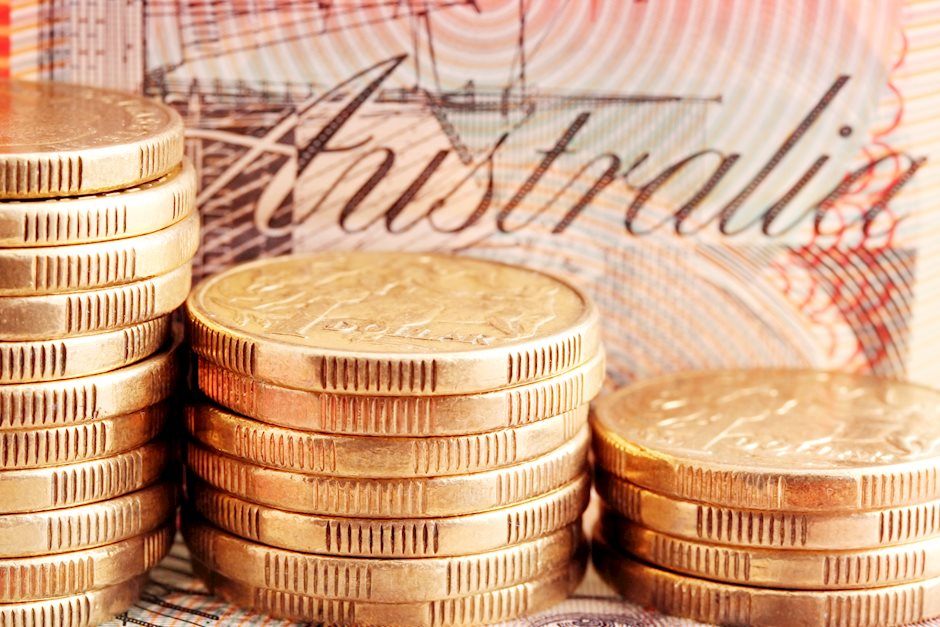Australian Dollar holds its ground, markets eye key NFPs from the US from June
- AUD/USD bulls retain firm control as the Aussie stands strong amid weak US data.
- May's strong Retail Sales figures from Australia continue to support the pair, soft Trade Surplus may limit the upside.
- US traders are out celebrating Independence day.

The Australian Dollar (AUD) held its ground against the USD, maintaining itself in highs since January. This is despite the weaker-than-expected Trade Surplus figures reported during the Asian session as the USD remains weak following Wednesday’s set of soft economic figures reported.
The Australian economy is showing some signs of weakness. However, persistently high inflation is prompting the Reserve Bank of Australia (RBA) to delay potential rate cuts. As potentially one of the last G10 countries' Central Banks to initiate rate reductions, this could somewhat further extend the gains of the Aussie as markets are also considering rate hikes.
Updated Daily Market Movers: AUD gains strength despite disappointing Trade Surplus data
- Trade Surplus for May in Australia came in at 5,773M MoM, narrower than the 6,678M expected and a downgrade from 6,548M in the previous reading, according to the Australian Bureau of Statistics on Thursday.
- Australia’s Goods/Services Exports rose 2.8% on a monthly basis versus the 2.5% decline in the prior month, offering some support to the Aussie.
- From the Reserve Bank of Australia, this week's minutes reflected an ongoing preference for holding the policy rate steady, primarily due to "uncertainty around consumption data and clear evidence of financial stress among many households".
- With the bank leaving the door open for rate hikes and with Governor Bullock confirming that the bank will do what's necessary to bring down inflation, the Aussie might extend its gains.
- Futures markets now assign a 25% probability of a rate hike at the RBA’s August 6 meeting, growing to around 50% in the following meetings.
- For the Federal Reserve, the market’s anticipation for a rate cut in September remains robust, with a 70% odds placed on the expectation.
- Wednesday’s soft ADP, Jobless Claims and ISM Services PMIs definitely boosted the market’s doves confidence of a September cut.
Technical Analysis: AUD/USD continues its strong momentum, outlook favorable for the bulls
The AUD/USD pair retains a robust momentum, with indicators the Relative Strength Index (RSI) and Moving Average Convergence Divergence (MACD) residing deep in positive territory. With the pair in its January highs, it shows a promising outlook.
On the resistance front, 0.6730 and 0.6750 are the next bullish targets. Meanwhile, potential support levels include 0.6670, 0.6650, and 0.6630.
Central banks FAQs
Central Banks have a key mandate which is making sure that there is price stability in a country or region. Economies are constantly facing inflation or deflation when prices for certain goods and services are fluctuating. Constant rising prices for the same goods means inflation, constant lowered prices for the same goods means deflation. It is the task of the central bank to keep the demand in line by tweaking its policy rate. For the biggest central banks like the US Federal Reserve (Fed), the European Central Bank (ECB) or the Bank of England (BoE), the mandate is to keep inflation close to 2%.
A central bank has one important tool at its disposal to get inflation higher or lower, and that is by tweaking its benchmark policy rate, commonly known as interest rate. On pre-communicated moments, the central bank will issue a statement with its policy rate and provide additional reasoning on why it is either remaining or changing (cutting or hiking) it. Local banks will adjust their savings and lending rates accordingly, which in turn will make it either harder or easier for people to earn on their savings or for companies to take out loans and make investments in their businesses. When the central bank hikes interest rates substantially, this is called monetary tightening. When it is cutting its benchmark rate, it is called monetary easing.
A central bank is often politically independent. Members of the central bank policy board are passing through a series of panels and hearings before being appointed to a policy board seat. Each member in that board often has a certain conviction on how the central bank should control inflation and the subsequent monetary policy. Members that want a very loose monetary policy, with low rates and cheap lending, to boost the economy substantially while being content to see inflation slightly above 2%, are called ‘doves’. Members that rather want to see higher rates to reward savings and want to keep a lit on inflation at all time are called ‘hawks’ and will not rest until inflation is at or just below 2%.
Normally, there is a chairman or president who leads each meeting, needs to create a consensus between the hawks or doves and has his or her final say when it would come down to a vote split to avoid a 50-50 tie on whether the current policy should be adjusted. The chairman will deliver speeches which often can be followed live, where the current monetary stance and outlook is being communicated. A central bank will try to push forward its monetary policy without triggering violent swings in rates, equities, or its currency. All members of the central bank will channel their stance toward the markets in advance of a policy meeting event. A few days before a policy meeting takes place until the new policy has been communicated, members are forbidden to talk publicly. This is called the blackout period.
Author

Patricio Martín
FXStreet
Patricio is an economist from Argentina passionate about global finance and understanding the daily movements of the markets.

















